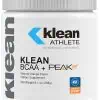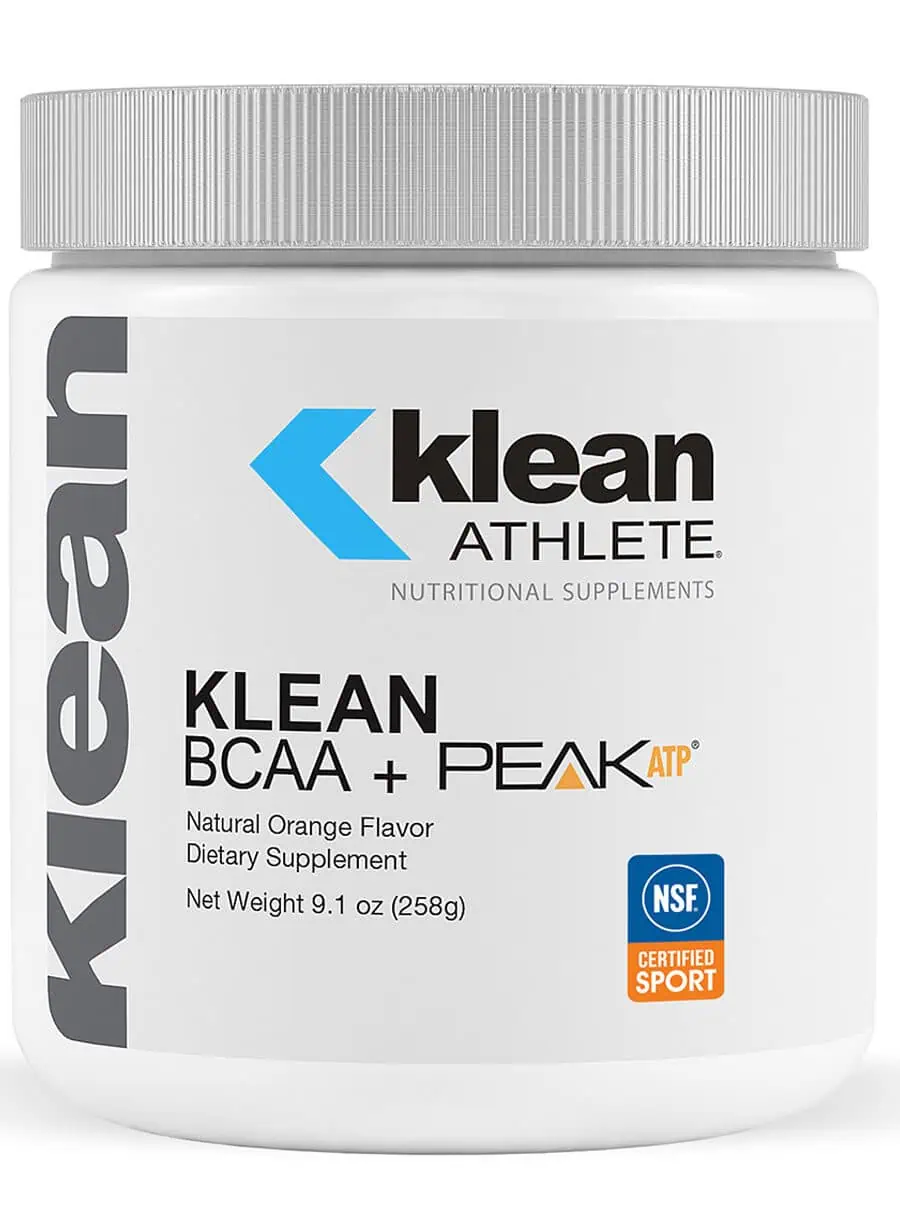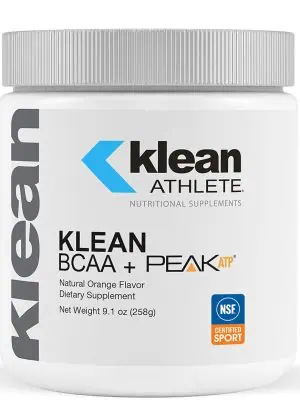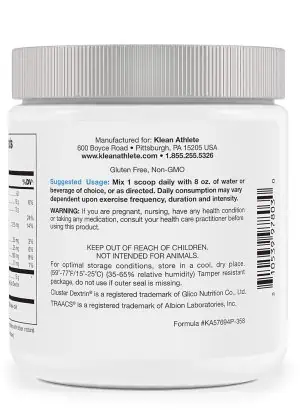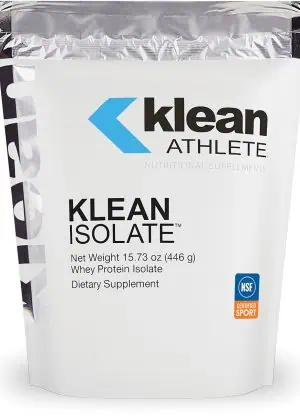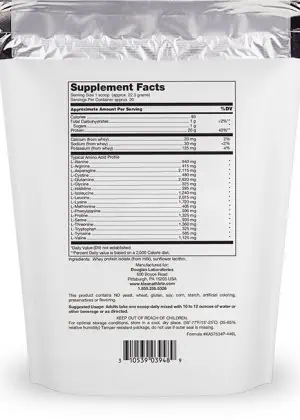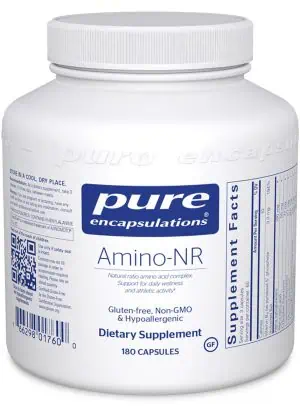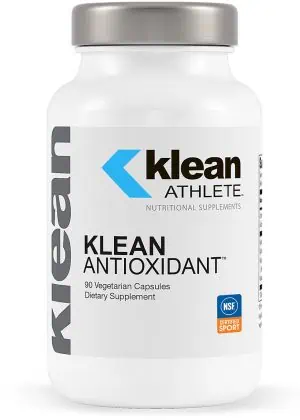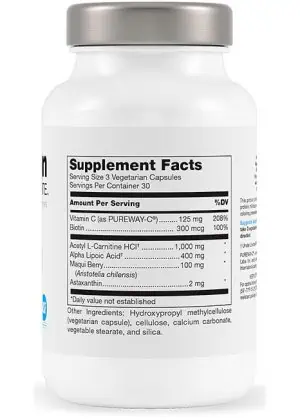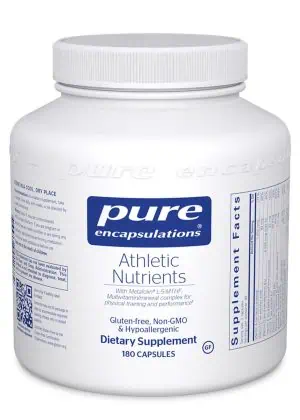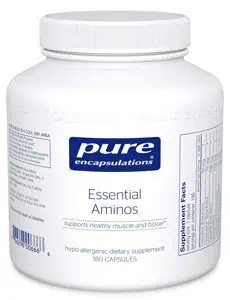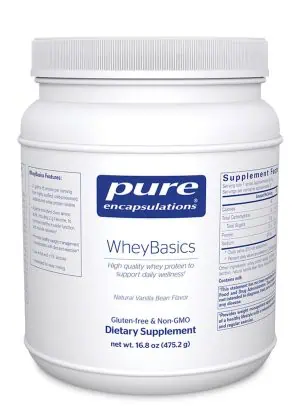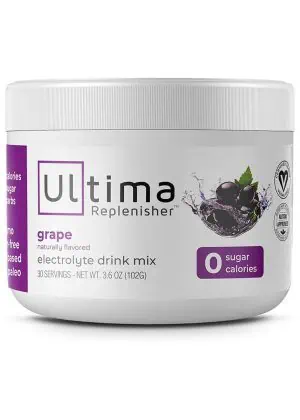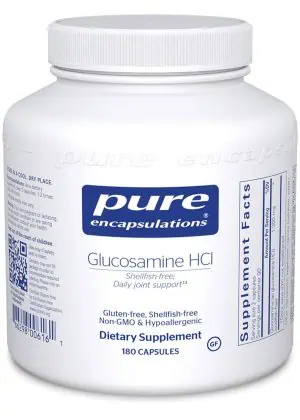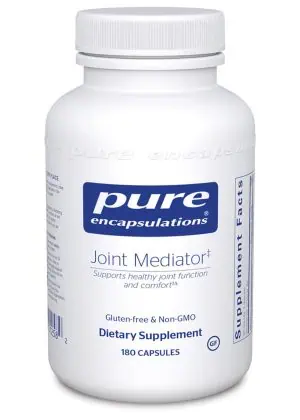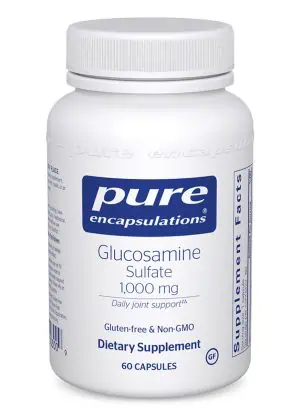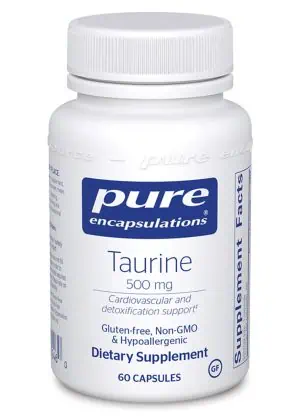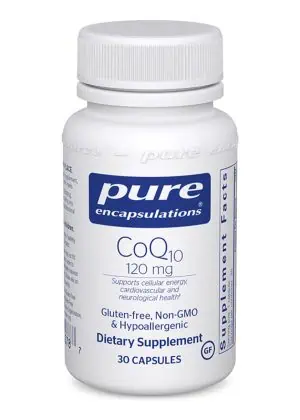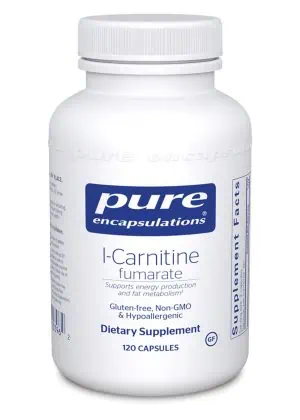Klean BCAA + PEAK ATP by Klean Athlete
$59.60
$59.60
Klean BCAA + PEAK ATP by KLEAN ATHLETE®
Klean BCAA + PEAK ATP DESCRIPTION
Klean BCAA + PEAK ATP by Klean Athlete is a NSF Certified for Sport® supplement that supplies a 2:1:1 ratio of the branched chain amino acids leucine, isoleucine and valine, as well as 400 mg of ATP in each serving. Peak ATP® has been shown to support peak physical performance by increasing strength, power and muscle gain, allowing the body to train longer, harder and stronger. † Together, these nutrients provide a direct source of energy to the muscles for performance and recovery.
Klean BCAA + PEAK ATP® is tested and certified by the NSF Certified for Sport® program, which was created to meet the growing demands of athletes, coaches and healthcare professionals to certify that sports supplements are safe and completely free from banned substances. Every product that carries the NSF Certified for Sport® mark has undergone stringent laboratory testing to confirm content, purity and compliance.
Klean BCAA FUNCTIONS
BCAA Amino acids are the building blocks of all body proteins, including structural proteins that build muscle, connective tissues, bones and other structures, while supplying the body with the nitrogen essential for the growth and maintenance of all tissues. Branched-chain amino acids are crucial to an athlete’s recovery and muscle tissue repair following strength competitions such as body building and powerlifting, and other anaerobic and aerobic exercises. Leucine, isoleucine and valine work synergistically together and are responsible for supporting muscle protein synthesis, and promoting strength and muscle enhancement. In the human diet, leucine naturally occurs in greater amounts compared to isoleucine and valine; as such, it is believed that an effective branched-chain amino acid (BCAA) supplement includes a higher ratio of leucine. Human studies show high leucine supplementation including isoleucine and valine result in a greater muscle protein synthesis response during recovery.
Male athletes were supplemented with BCAAs or a low-carbohydrate drink for eight consecutive days. BCAA supplementation increased the plasma BCAA concentration during exercise, whereas plasma BCAA concentration decreased in the low carbohydrate group. These findings suggest that BCAA supplementation may enhance endurance exercise capacity. In a second randomized controlled trial, BCAA supplementation increased nitrogen retention, which reduced the loss of lean muscle tissue during resistance training. According to researchers, BCAAs may be beneficial as an endurance and muscle recovery aid, and support immune function during athletic performance. BCAAs may also be useful in delaying mental fatigue in endurance exercise.
PEAK ATP®
Within the cell, adenosine-5’-triphosphate (ATP) is known as the major source of cellular energy. Extracellular ATP and its metabolites support a variety of biological processes, including cardiac function, neurotransmission, liver glycogen metabolism, muscle contraction and blood flow. During exercise, ATP is released from human red blood cells when oxygen is low in a working muscle region. As a result, vasodilation occurs and increases blood flow to the muscle. Increased blood flow assists in the delivery of oxygen and nutrients to the cell and supports tissues in the body. Human and animal studies show ATP supplementation increases blood flow following exercise.
Peak ATP® is the only oral form of ATP shown to improve body composition and athletic performance.† Peak ATP® is readily available and increases circulating ATP levels, provides a direct source of energy to the muscle, and improves post-exercise blood flow and recovery.† It appears to achieve this by buffering fatigue during exercise and increasing skeletal muscle blood flow, thus enhancing muscle oxygen recovery. In addition, extracellular ATP directly supports the synthesis and release of nitric oxide (NO) and prostacyclin (PGl2) within skeletal muscle, and, as a result, directly supports tissue vasodilation and blood flow. Peak ATP® has been studied in a resistance-trained population. The results demonstrate 400 mg of oral ATP supplementation for 12 weeks reduced protein breakdown and significantly increased muscle mass, strength and power.
INDICATIONS
Klean BCAA + PEAK ATP® is indicated for athletes that desire muscular performance and recovery support from a great-tasting branched chain amino acid and ATP dietary supplement.
FORMULA (#KA57678-258)
Serving Size: 8.6 g (1 scoop)
Amount Per Serving:
Calories …………………………………………………….10
Total Carbohydrate …………………………………2.5 g
Sugar Alcohol …………………………………… 1 g
L-Leucine………………………………………………….2 g
L-Isoleucine ………………………………………………1 g
L-Valine…………………………………………………….1 g
Peak ATP® (Adenosine 5’-
Triphosphate disodium) ………………………..400 mg
Other ingredients: Natural orange flavor with other natural flavors, xylitol, citric acid, malic acid, stevia leaf extract, monk fruit extract, sunflower lecithin, and annatto.
Peak ATP® is a registered trademark of TSI USA Inc. and is used under license.
SUGGESTED USE
Adults, mix one scoop with 8-10 oz. of water or other beverage and blend well. This product is best taken 30 minutes before exercise. It can also be consumed during and post-workout.
Consume one to two servings daily without food, including rest days.
WARNING: If you are taking anti-diabetic medications or Levodopa, consult a doctor before using this product.
SIDE EFFECTS
No adverse side effects have been reported.
STORAGE
Store in a cool, dry place, away from direct light. Keep out of reach of children.
REFERENCES
Slater G, Phillips SM. J Sports Sci. 2011;29 Suppl 1:S67-77. Norton LE, Layman DK. J Nutr. 2006 Feb;136(2):533S-537S.
Pasiakos S, McClung H, Young A, et al. The American Journal Of Clinical Nutrition [serial online]. September 2011;94(3):809-818.
Churchward-Venne TA, et al. Am J Clin Nutr. 2014 Feb;99(2):276-86.
Matsumoto K, Koba T, Hamada K, et al. J Nutr Sci Vitaminol (Tokyo). 2009 Feb;55(1):52-8.
MacLean DA, Graham TE, Saltin B. Am J Physiol. 1994 Dec;267(6 Pt 1):E1010-22.
Negro M, Giardina S, Marzani B, Marzatico F. J Sports Med Phys Fitness. 2008 Sep;48(3):347-51. Review.
Shimomura Y, Murakami T, Nakai N, et al. J Nutr. 2004 Jun;134(6 Suppl):1583S-1587S. Review. Hassmén P, Blomstrand E, Ekblom B, Newsholme EA. Nutrition. 1994 Sep-Oct;10(5):405-10. Blomstrand E, Newsholme EA. Acta Physiol Scand. 1992 Nov;146(3):293-8.
Blomstrand E, Eliasson J, Karlsson HK, Köhnke R. J Nutr. 2006 Jan;136(1 Suppl):269S-73S. Review. Greer BK, Woodard JL, White JP, et al. Int J Sport Nutr Exerc Metab. 2007 Dec;17(6):595-607. Pasiakos SM, McClung HL, et al. PLoS One. 2015 Oct 16;10(10):e0140863.
Wilson, et al. Nutrition & Metabolism 2013, 10:57.
Jäger et al. Journal of the International Society of Sports Nutrition 2014, 11:28.
Product Ingredients
| Ingredients | AMT | %DV |
|---|---|---|
| Serving Size | 8.6g (1 scoop) | - |
| Servings per container (300 Grams) Total Calories: 300 | 30 | - |
| Total Carbohydrate | 2.5g | - |
| Sugar Alcohol | 1g | - |
| L-Leucine | 2g | - |
| L-Isoleucine | 1g | - |
| L-Valine | 1g | - |
| Peak ATP® (Adenosine 5’-Triphosphate disodium) | 400mg | - |
Why Buy From Us?As a trusted family- and employee-owned company for over 25 years, we've shipped more than 1 million packages, empowering our customers with expert knowledge, guiding their wellness journeys, while delivering unparalleled customer service.

Welcome to Pure Prescriptions
I founded Pure Prescriptions after overcoming Cancer at age 29, a battle that taught me the power of natural supplements and inspired me to make professional-grade, doctor-only brands accessible online—pioneering the industry over 25 years ago.
Today, still a family- and employee-owned company, we've shipped over 1 million packages, empowering countless wellness journeys with science-backed, U.S.-manufactured vitamins and supplements meticulously curated for superior quality and optimal results. Our real health experts provide personalized recommendations without upsells or gimmicks—just genuine support tailored to your needs.
Not a customer yet? We'd be thrilled to earn your trust and guide you toward vibrant health.
Sincerely,
Helpful Links:
Contact Us | LIVE Chat | Vitamin Quiz
The Pure Prescriptions Difference
When you choose Pure Prescriptions, you become part of our caring community. We’re committed to enhancing your wellness with personalized service, expertly selected products, and a dedication to your health & happiness.


You may also like…
Related products
Get Notified When Back In Stock
Verify you are Human:
-
- Vitamin Quiz
- Deals
- Shop
- Brands
- Shop by Manufacturer Brand
- Shop by Manufacturer Brand
- About
- Login
